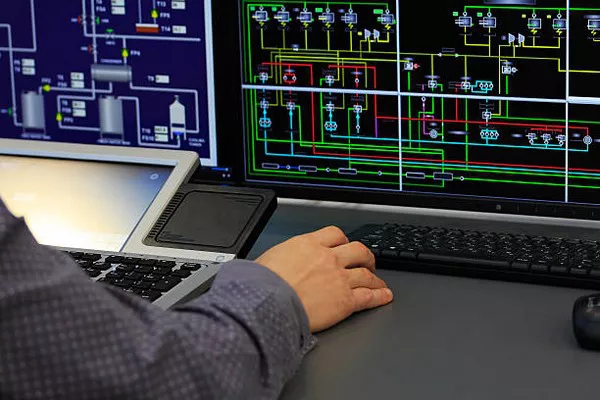In an era of increasing complexity in modern electronic assemblies, where printed circuit boards (PCBs) must accommodate a growing number of components, engineers face the challenge of optimizing limited space. To address these evolving demands, industry leader Harting has taken a pioneering step by introducing the 3D-MID Component Carrier, a game-changing solution that promises to enhance automation, reduce manual labor, and lower costs in PCB assemblies.
The Need for 3D Packaging:
With the ongoing trend of 3D packaging in electronic assemblies, Harting recognized the imperative for a solution that could streamline the assembly process, minimizing the need for manual work that is both time-consuming and error-prone. A thorough analysis of manual work steps in PCB assemblies revealed that a significant portion of these steps involved the vertical assembly of electronic components onto the main PCB.
Introducing 3D-MID Component Carrier:
Harting’s 3D-MID Component Carrier, also known as 3D-Circuits or 3D Mechatronic Integrated Device, is a groundbreaking manufacturing technology that seamlessly integrates circuits into three-dimensional plastic parts. This innovation addresses the critical challenge of integrating more functions into limited space and driving miniaturization, particularly crucial in the development of medical products.
Key Features and Benefits of the Chip Carrier:
Vertical Placement of Electronic Components: Traditional vertical placement of electronic components on PCBs often necessitates manual assembly, leading to inefficiencies and potential errors. The Chip Carrier offers a solution by eliminating the need for manual assembly, enhancing accuracy, and ensuring compatibility with multiple soldering processes. Its versatility and adaptability make it an ideal choice for various applications, including Hall effect and acceleration sensors, ICs, and LED applications. The fully automated assembly of the component carrier streamlines production processes and facilitates product miniaturization.
Eliminating Piggyback Boards: Harting’s 3D-Circuits replace the use of piggyback PCBs, offering advantages in terms of size, weight, and manufacturing efficiency. These circuits are smaller, lighter, and more adaptable, with the added benefit of full automation compatibility using SMT machines. As a result, they are gaining popularity across various sectors, including medical, automotive, industrial, and consumer electronics.
Adapter Function: The component carrier can also serve as an adapter for alternative packaging, enabling the integration of different components with the same function without necessitating changes to the main PCB layout. This not only saves time and money but also enhances supply chain security in times of semiconductor supply fluctuations.
3D-Circuit Layout Design and Manufacturing:
To facilitate the implementation of 3D circuits, Altium offers PCB layout capabilities. Engineers can import the chip carrier’s 3D file into Altium Designer and perform routing on the carrier’s surface. The resulting design can then be used for customized manufacturing of a component carrier.
In the manufacturing process, a laser ablates a thin layer of the thermoplastic substrate, creating a pattern used in subsequent chemical plating processes to build electrical conductors. This flexibility allows for customized layouts and designs with easy adaptation of the laser program. Electronic components are assembled and glued to the chip carrier, ensuring their stability during multiple soldering processes.
Harting’s 3D-MID Component Carrier represents a significant leap forward in the world of PCB assemblies, offering enhanced efficiency, reliability, and adaptability. As electronic assemblies continue to evolve, this innovation promises to play a pivotal role in meeting the industry’s demands for miniaturization and automation.

